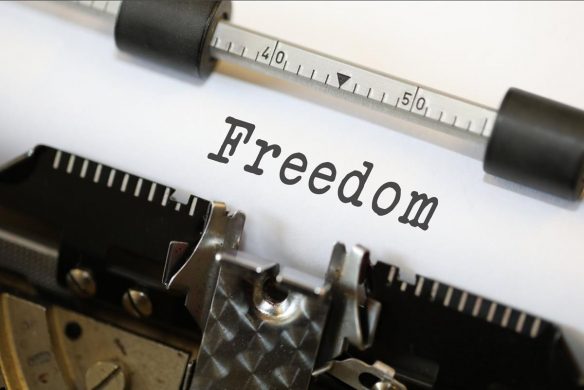In a year where media freedom declined once again in every region of the world, the need for documenting and sharing good practices that can boost a united effort to curb this trend is more urgent than ever.
This year’s IMS Annual Report 2017-2018 looks at what experience has taught us on the safety of journalists; showcases media outlets with innovative approaches to engaging audiences with quality journalism in Asia, the Middle East and Africa; takes stalk of women’s working conditions in media in our partner countries; and discusses steps taken to fight disinformation.
2018 is set to become a bloody year for journalists with multiple, targeted attacks on media workers in especially Afghanistan, but also in other parts of Asia, the Middle East and South America.
In our chapter on the safety of journalists, we take a critical look at one of the oldest and one of the newest national safety mechanisms to see how the 21st century global safety debate has evolved and how local experiences can and should lead this debate.
Good quality journalism faces a crisis in the onslaught of disinformation, increasing villainization by power holders and extremist groups, falling revenues and radical changes in news consumption in the face of new online platforms and social networks.
In this year’s Annual Report, we look at innovative ways of audience engagement by media outlets while ensuring quality content and financial sustainability.
The unacceptable plight of female journalists
Attention to the unacceptable plight of female journalists in terms of safety and harassment and online cyberbullying especially came to light in the wake of the global #MeToo campaign.
As our work with female journalists in countries like Jordan, Myanmar, Afghanistan and Somalia shows, harassment of female journalists within the media sector cannot be understood in isolation from other forms of gender discrimination in society.
Harsh economic conditions with lower salaries for women and cultural barriers that do not support women in media jobs are all factors that contribute to the vulnerability of women in the journalism trade.
There are however ways in which to push for change in practice and behaviour, as we illustrate in this year’s report.
Post-truth and misinformation
In a so-called post-truth era where information is used to misinform, confuse or influence adversaries and allies through media and new technologies, the work of IMS becomes even more important.
As the case of Ukraine shows in this report, disinformation is indeed a key feature of hybrid warfare – but has also come to dominate media discourse.
Promoting quality journalism and the environments that enable this, as well as bolstering the mechanisms that seek to counter mis- and disinformation, can contribute to fighting this trend and safeguard citizens’ rights to free and accurate information.
Government actors, tech companies, media, civil society, and news consumers must unite in a concerted approach to safeguard the global rights we have fought hard to achieve.
The time is not to look inwards, but to engage globally.
https://www.mediasupport.org/wp-content/uploads/2018/06/Annual-report_2017-18-final.pdfSe årsrapporten her (PDF, 23 sider)















